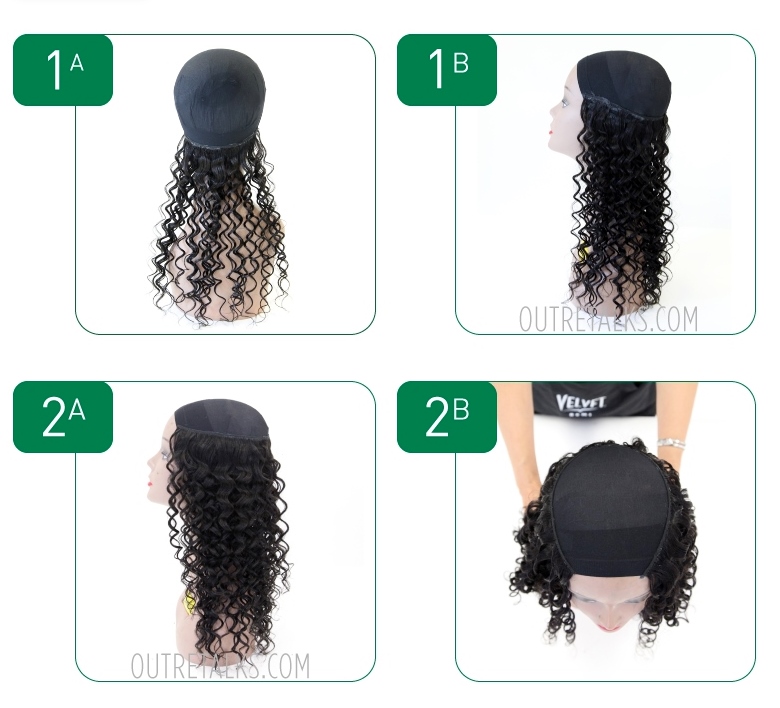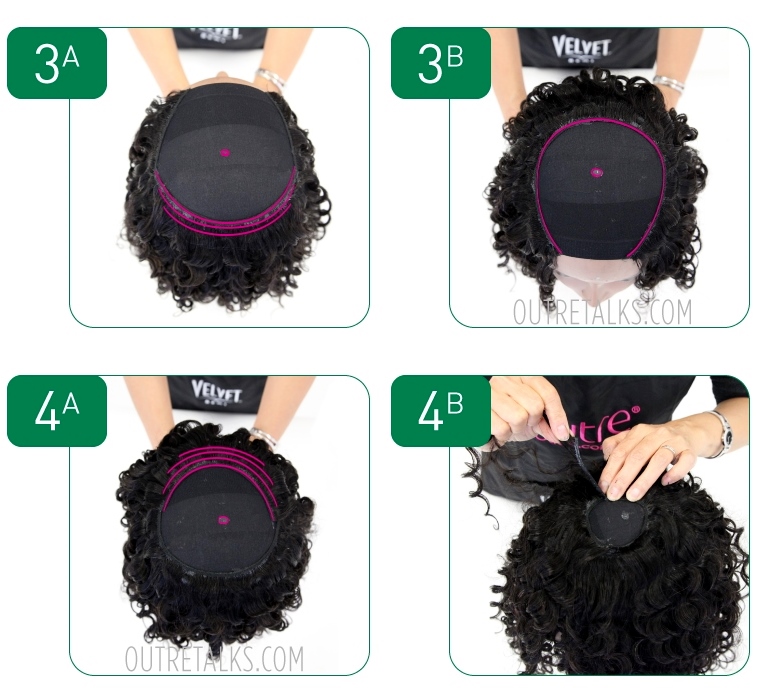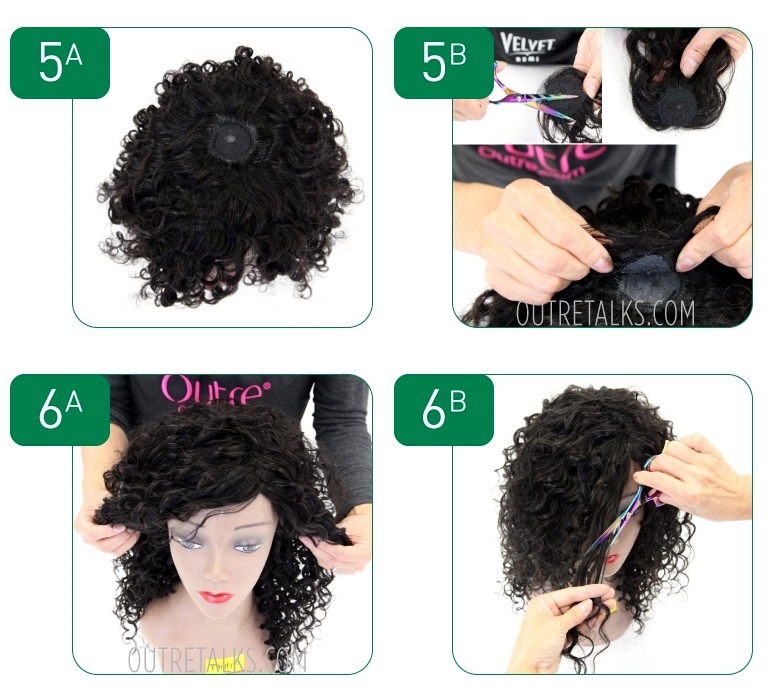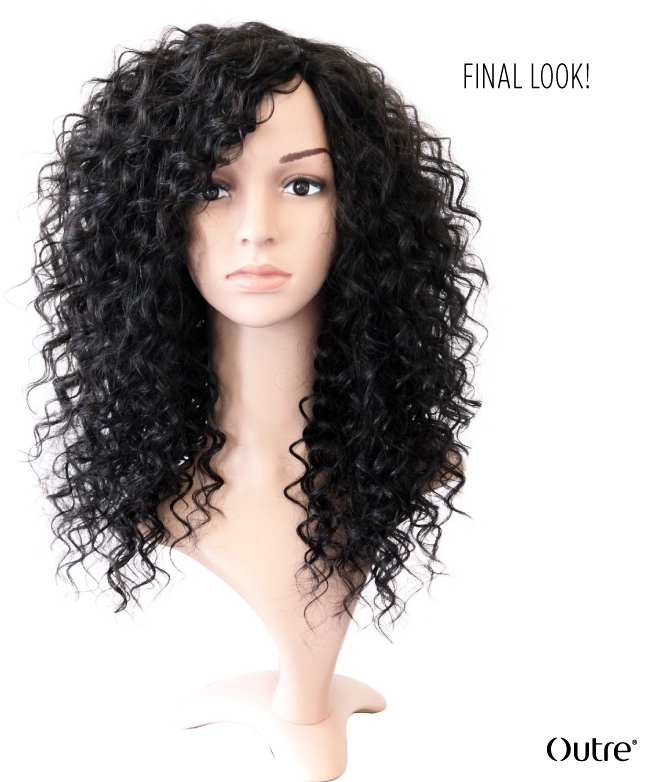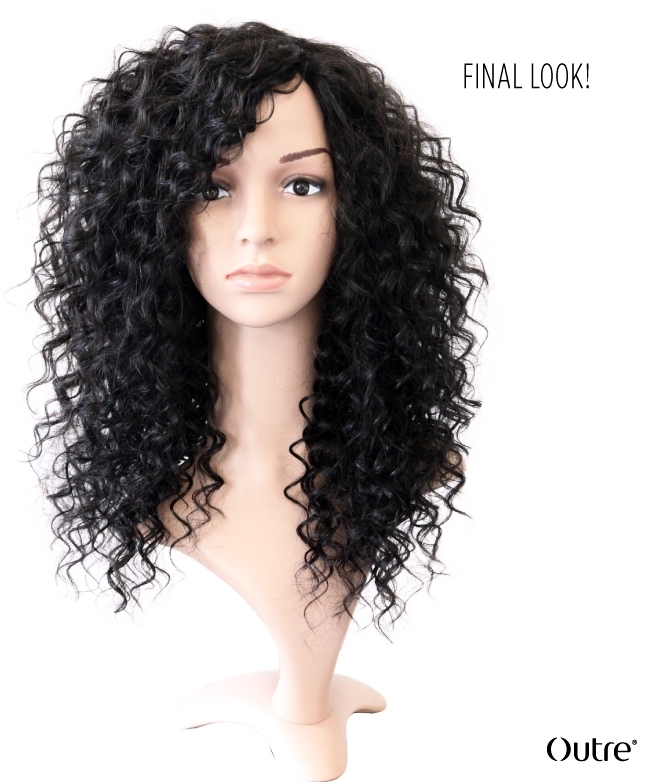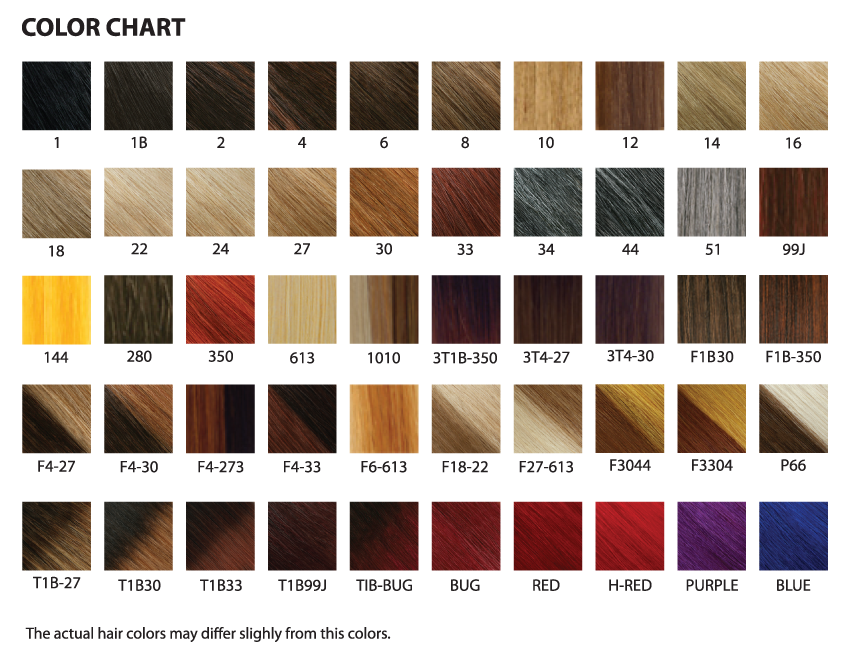- Home
- Make Your Own Wig
- How to Make a Basic Wig
How To Make A Wig
(and other wig making questions)
"I want to learn how to make a wig, do you have any pointers?"
Quite a few folks have asked about how to make a wig and although not professional wig makers, we certainly have first-hand experience of making wigs for personal use and so we've put together a few types of DIY wigs that can be made with glue or by sewing - just adapt the steps for your attachment method - if you don't have lace closure, then check out this DIY wig without lace closure guide (steps 7, 8 and 9).
All of these make your own wig guides are easy favourites and hopefully you can use them as pointers in your pursuit of making your own wigs.
How To Make A Wig: Stocking Cap & No Sewing Required
If you like to live on the proverbial easy street when making your own wig, then nothing's easier than using a stocking cap - no need to measure your head just find your own size in a stocking cap and if the cap fits....wear it (couldn't resist, soz).
As this wig is made using glue, it should be made with the use of a plastic or polystyrene (Styrofoam) mannequin head or by placing a shower cap on the mannequin head first.
Tools for making your own wig
You can use any texture hair for your own DIY wig.
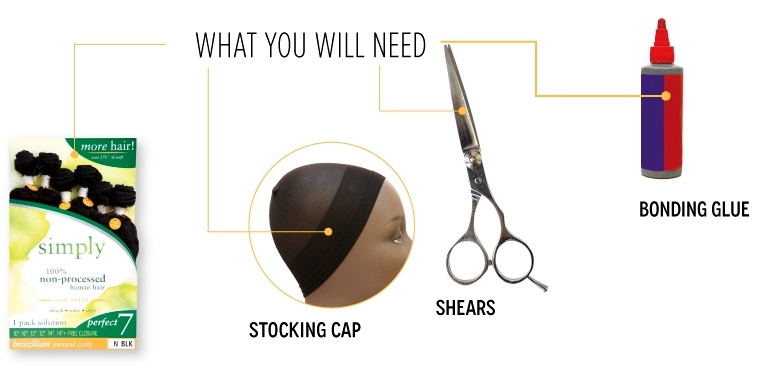
- Hair wefts- about three bundles should suffice (usually 100g per bundle) and you can either choose one length if you want to achieve a gradual layered look, or several different lengths to keep the overall length more consistent.
This guide uses 18", 16" and 14" lengths. - Lace Closure (optional)
- Stocking Cap (or elasticated wig cap)
- Bonding Glue
- Bonding Glue Remover (we all make mistakes, so just in case)
- Scissors
- Polystyrene (Styrofoam) or mannequin head
- Pearl headed pins (optional but really helpful)
Top Wig Making Tips
If this is the first time you're researching into how to make a wig, then have a quick look through all of the images first to get a sense of the overall pattern of laying tracks (gluing rows of hair wefts).
The pink lines in images 3a and 3b show how the wefts should be attached.
If you're unsure about how it will look, then use the pearl headed pins to pin the wefts in place first before you glue them.
How To Make A Wig: Non-Sewing Method
Step 1a
Place the stocking cap on the polystyrene head and starting from the nape area glue five rows wefts quite closely together - this will ensure that your home made wig will have more volume (higher density) of hair at the back of your head when you wear it
Step 1b
Leave slightly more space between the following rows and attach each row in an ear-to-ear pattern around the back of the head (do not attach the tracks over the top of the head) as eventually you should
Step 2a & 2b
If aiming for a layered look, use the shorter length of hair weft once the longer length has run out (try to make sure you complete an entire row (track) with the same length of hair)
Keep gluing the hair wefts in rows in the U-shape until your rows reach about 2cm above the temple area (see images 2a and 2b).
Step 3a
For this step (3a), you will not work from one temple around the back of the head to the other temple. The pink lines show how the wefts should be attached.
Mark out the crown of the wig which is usually two - three inches from the front hairline (use a marker or pear headed pin).
Attach two or three more rows of wefts to the curve only of the U-shape of the wefts and not from temple to temple (image 3a with the three pink lines shows where these three rows of wefts should be attached). You should now have a shorter u-shape when looking down at the crown of the wig.
These three rows of wefts add volume (density) to the back of the wig.
Step 3b
If three different lengths of hair, use the shortest length of hair weave and attach it from temple to temple around the back of the head (image 3b with the u-shape pink line shows how this row should be attached)
Step 4a
Turn the mannequin the front of the mannequin towards you. Starting at the front hairline of the wig (where a fringe (bangs) would be), attach three or four wefts closely together working towards the crown mark at the top of the wig (the four pink lines in image 4a show how the rows of hair weave should be attached.
When step 4a is completed you should have a circular shape left on the top of stocking cap
Step 4b Using Lace Closure:
Attach the hair weave in a circular pattern (rounds) and make sure the circular rows (rounds) of hair weave are close together so that there is fullness at the top of the wig. Keep attaching the hair weave in rounds until there is just enough room to attach the lace closure piece.
No Lace Closure: You can create your own closure piece out of weft hair - follows steps 7-9 of this DIY Wig Guide.
Step 5a
There should be a small circular area on the wig cap that doesn't have any hair attached. Make sure your lace closure will cover the whole of this open area.
Step 5b
Cut off the excess lace from the lace closure. Apply a thin layer of glue onto the base of the lace closure piece and to the small opening on the cap. Attach the lace closure piece to the small opening.
Step 6a
Finger comb curly hair (use a large tooth comb for straight hair) and create a parting of your choice (side or middle) - alternatively leave it without a parting.
Step 6b (optional)
If you want the hair to frame your face then trim the fringe at an angle or read the guide to show you how to cut fringe bangs into the wig.
Voila! You've just learned how to make a wig!
Images and basic steps about how to make a wig can be found at http://www.outretalks.com/
Related DIY Guides
DIY two-tone wig - if you simply have to rock more than one colour
DIY layered bob - why have one length of hair when you can have layers
DIY side part bob - a great way to have a fuller look and soften the face
DIY fringe Bangs - zhuzh up your wig or weave by cutting in fringe bangs
How will you make your own wig?
Do you think you'll take the plunge and make your own wig? Will you sew or use glue?
Why not share your ideas about this wig-making guide or your plans for making your own wig.
If you want to be the first to know about our next guide about how to make wig or anything else to do with lace wigs, hair extensions or hairpieces, then why not join our blog, it's easy to do and doesn't require an email address.
Jump from How to Make a Wig to Make A Wig Page
Jump From How to Make a Wig to Home Page

